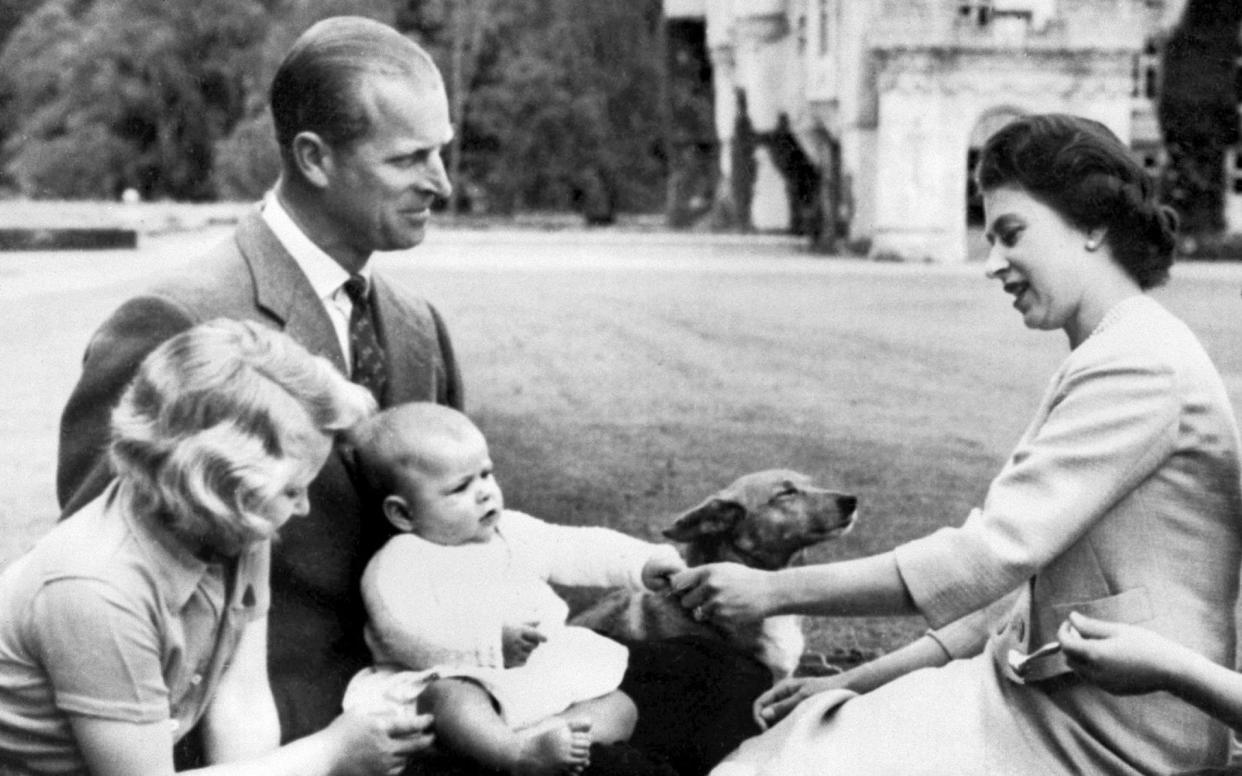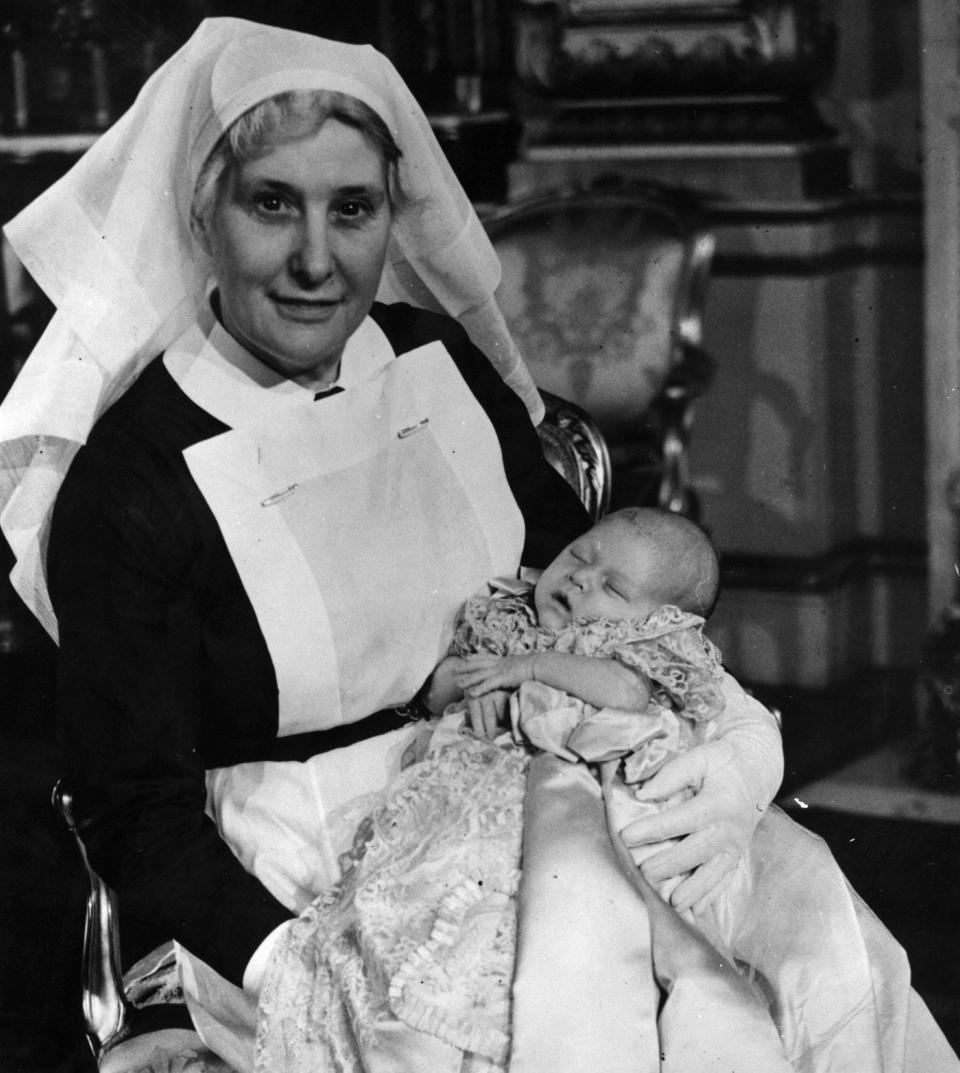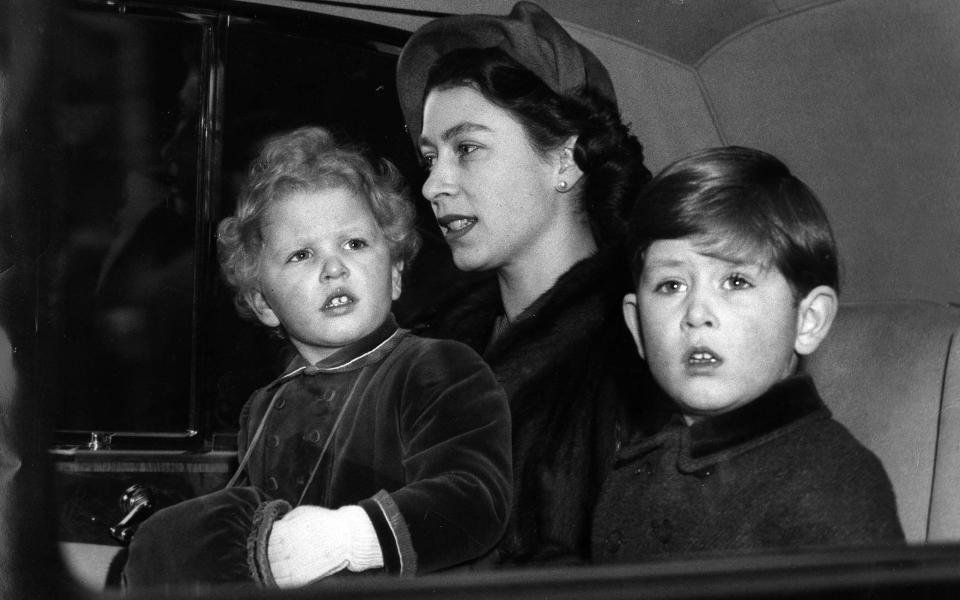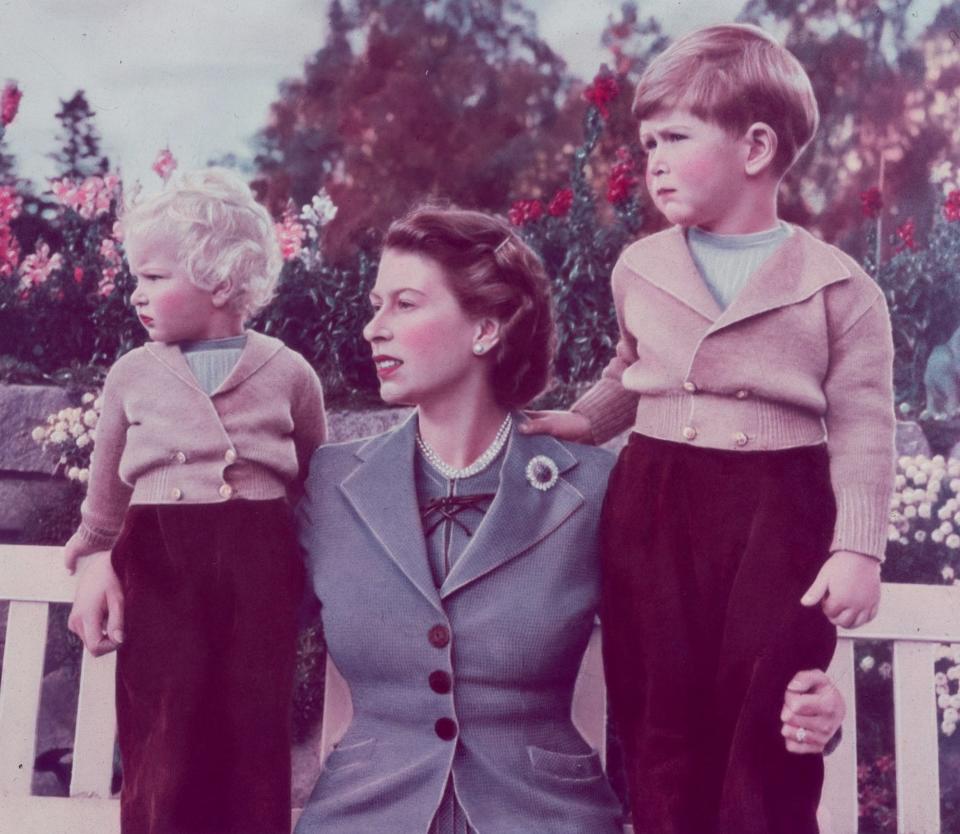The unseen letter that reveals Queen Elizabeth’s feelings on the birth of Prince Andrew

It’s the kind of horse’s-mouth evidence any biographer would kill for. To be auctioned on Saturday, in the south-west German town of Leinfelden-Echterdingen at Eppli Münzhandel & Auktionen Auctions, is a letter handwritten by the 33-year-old Elizabeth II that offers insights into the late monarch’s views about motherhood, her children and the rigours of her highly unusual working life. It carries a starting price of 4,800 euros.
The Queen was five months pregnant with the future Prince Andrew when, on October 24 1959, she wrote to Sister Helen Rowe, the midwife who had attended the births of Prince Charles in 1948 and, two years later, Princess Anne. Weeks away from her 12th wedding anniversary, Elizabeth had combined the roles of wife, mother and sovereign since the death of her father, George VI, in February 1952.
The letter, which covers four sides of red-embossed Windsor Castle writing paper, is affectionately addressed to “Rowie”. After an apology for not having written sooner, the Queen expresses her pleasure and relief that Rowie will “be able to come and look after me again”.
Monarch and midwife had kept up a sporadic but overtly warm correspondence since 1948. Elizabeth trusted the sexagenarian Rowie implicitly and in 1964 would call on her services for a fourth time for the birth of her last child, Prince Edward.

News of the Queen’s pregnancy had been made public on August 7. It accompanied an announcement that she would temporarily cease public engagements. “Her Majesty deeply regrets the disappointment which her inability to carry out her projected tour in West Africa… may bring to many of her people in Ghana, Sierra Leone and the Gambia,” ran the Palace statement. Also cancelled were visits to Shetland and Orkney.
The news came as a surprise. Almost a decade had passed since Princess Anne’s birth, and many newspaper readers assumed the Queen’s pregnancy was an accident. Letters written by the Queen herself suggest not. “I am going to have a baby, which I have been trying to do for some time,” she had already told her assistant private secretary Martin Charteris. No one was more delighted than the Queen Mother, who had written to her daughter in April 1956, “It would be so marvellous if you thought of having more children.”
Yet the course of this third pregnancy had not been consistently smooth. In her letter to Rowie, the Queen described herself as “very well”. I “have benefited greatly from two months of unbroken sunshine and outdoor life at Balmoral,” explained the monarch, for whom the Highland retreat built by her great-great-grandmother Queen Victoria had been a favourite place since childhood and who delighted in its unchanging routines of family picnics, stalking and ponies.

Balmoral had provided particular respite in the summer of 1959: “We all… were needing the rest pretty badly after Canada!” the Queen told Rowie. For 45 days, beginning on June 18, the Queen and Prince Philip had toured Canada. Only one Canadian was told the royal news, prime minister John Diefenbaker. Unlike his countrymen, Diefenbaker knew that morning sickness, rather than being served bad moose meat, had caused the Queen’s two days of forced rest in the Yukon capital of Whitehorse.
At home, the Queen and Prince Philip broke the news to their children. The response of 10-year-old Prince Charles was more positive than his younger sister’s. “The children were very excited at the news of the baby, especially Charles, who loves small children!” the Queen told Rowie, adding, “Anne is getting more used to the idea now!” In a statement that reveals the women’s intimacy, the Queen also described to Rowie something of her own feelings and Prince Philip’s: “It has taken the parents a long time to get used to the idea, too, being so very much out of the baby world.”
Seven years had passed since a visitor to Balmoral had been charmed by watching the young Queen “sitting on a fireside stool in her private sitting room while [four-year-old] Prince Charles ‘cut’ her hair with white plastic scissors” and Windsor weekends of Elizabeth, Philip, Charles and Anne watching Muffin the Mule at teatime. It was long enough for both royal parents to feel “very much out of the baby world”. The Queen was delighted nevertheless. “It is lovely to feel that there will soon be another baby in the nursery,” she continued.

To Rowie she did not reflect on the changes to family dynamics the new baby would bring: these emerged later. In 1956 she had written to her, “I’ve no doubt [you’re] very busy with more and more new babies,” and the young Queen, increasingly comfortable with her all-consuming public role, was touchingly grateful that Rowie would be with her. The older woman had become something of a celebrity. In September 1950, the first postcard of Princess Anne featured a black-and-white photograph of the baby princess resting against Rowie’s uniformed shoulder. On January 28 1960, newspaper photographers were on hand to record Rowie’s arrival in London for the imminent birth of the new baby.
Thanks to Rowie and gynaecologist John Peel, whom the Queen afterwards knighted, events of February 19 went smoothly. The royal couple named their new baby Andrew, an anglicisation of Philip’s father’s name, Andrea, and a tribute to Scotland. The baby, Elizabeth wrote later, was “adorable and … very good, and putting on weight well. Both the older children are completely riveted by him and all in all, he’s going to be terribly spoilt by all of us, I’m sure!”
Matthew Dennison is the author of The Queen (Apollo), a biography of Elizabeth II
The letter will be auctioned by Eppli Münzhandel & Auktionen on April 27 as part of their ‘Best of Coins, Stamps, Historica’ collection. Click here to view it

